Midges Love Muck
A Win-Win Approach to Solve Multiple Lake Issues
By

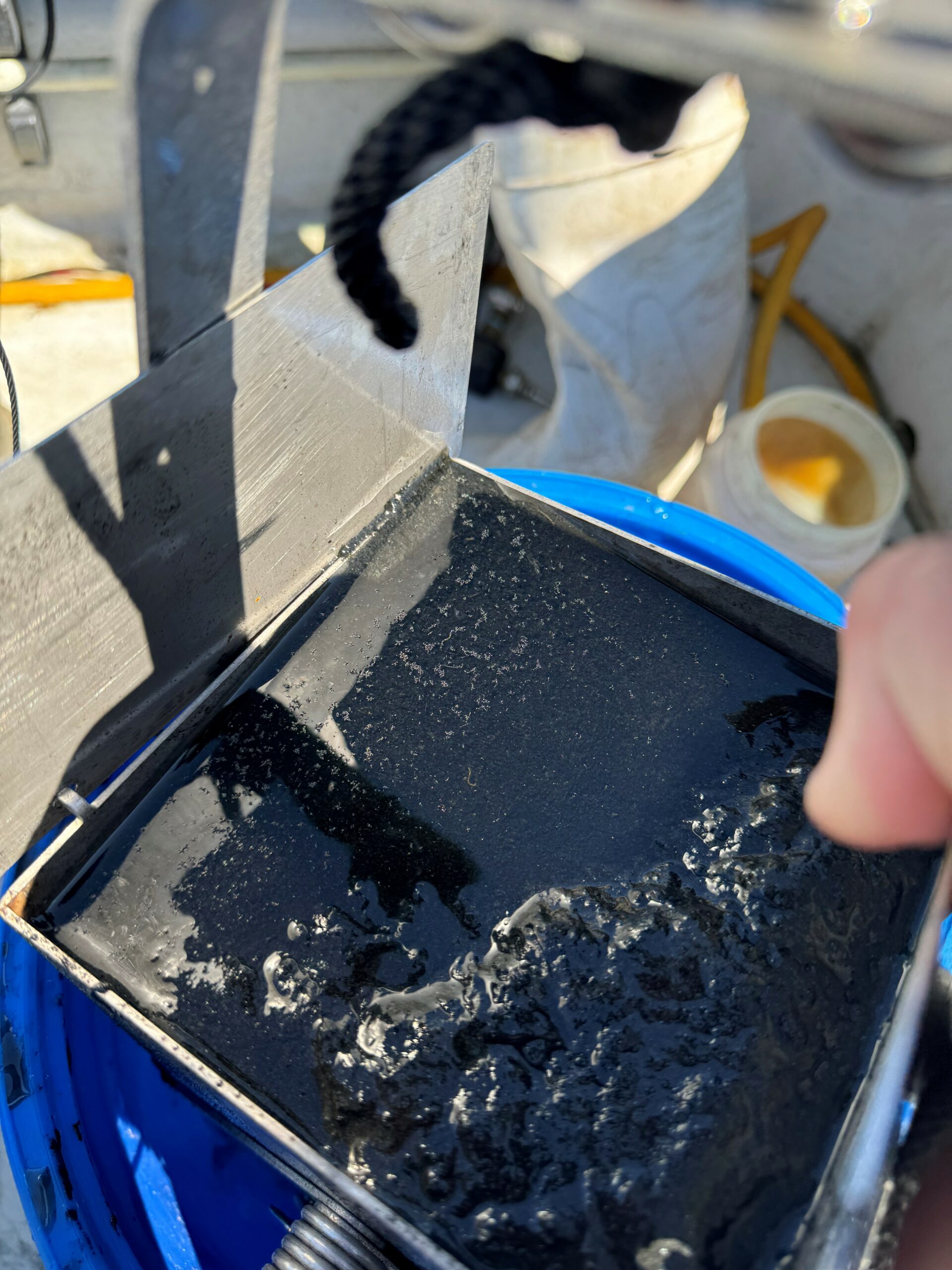
Figure 3. Sediment from the pond in Figure 1.
It’s a fact: midges love muck. Aquatic midges find their breeding paradise in pond muck, where the soft, mucky sediment provides the ideal environment for their larvae to burrow and create small, tube-like homes. This muck also serves as a primary food source for nuisance midge species such as the blood midge (chironomid sp.) and the early larval stages of phantom midges (chaoborus sp.). Witnessing midge swarms near a pond or spotting an abundance of midge pupa casings on the water’s surface, as illustrated in Figure 1, almost certainly points to muck problems. The sediment in Figure 3 from the same pond as Figure 1 is all MUCK!
Pond muck, filled with nutrients and organic material, depletes oxygen in the lower water layers, speeding up nutrient recycling. This muck frequently initiates harmful algae blooms and excessive plant growth. Aquatic midges stir the sediment, increasing the muck’s nutrient recycling process. As larval densities climb, so do the nutrient levels. It’s essential to maintain a balanced level of midge larval densities to avoid lakeside swarming and aggravating muck nutrient recycling.
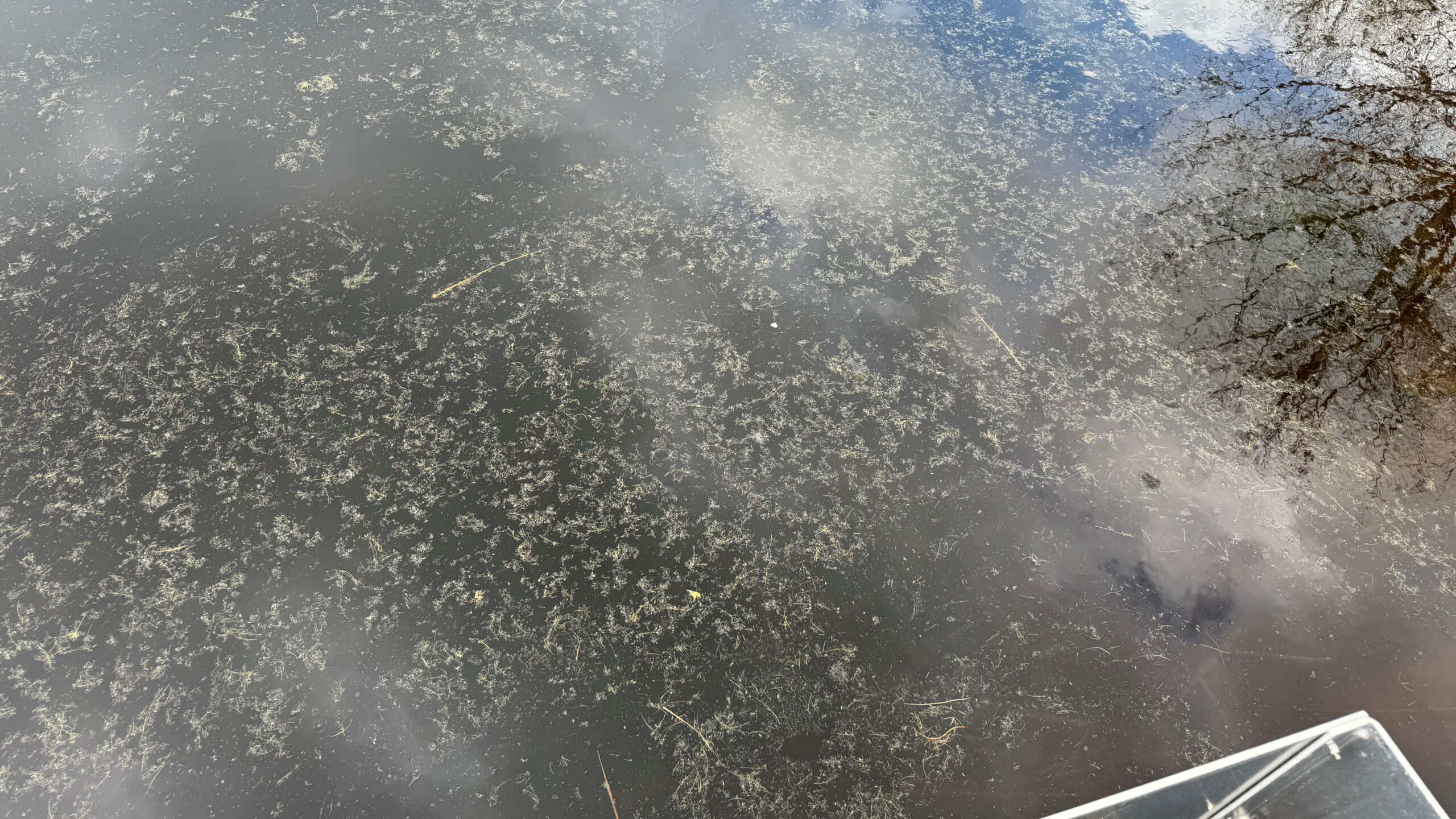
Figure 1. Midge pupa casings found on a Florida pond.
2-Step Approach to Combat Aquatic Midges and Improve Water Quality
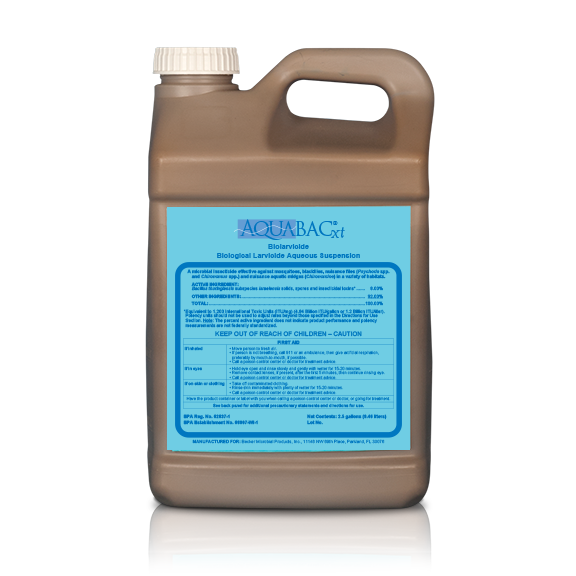
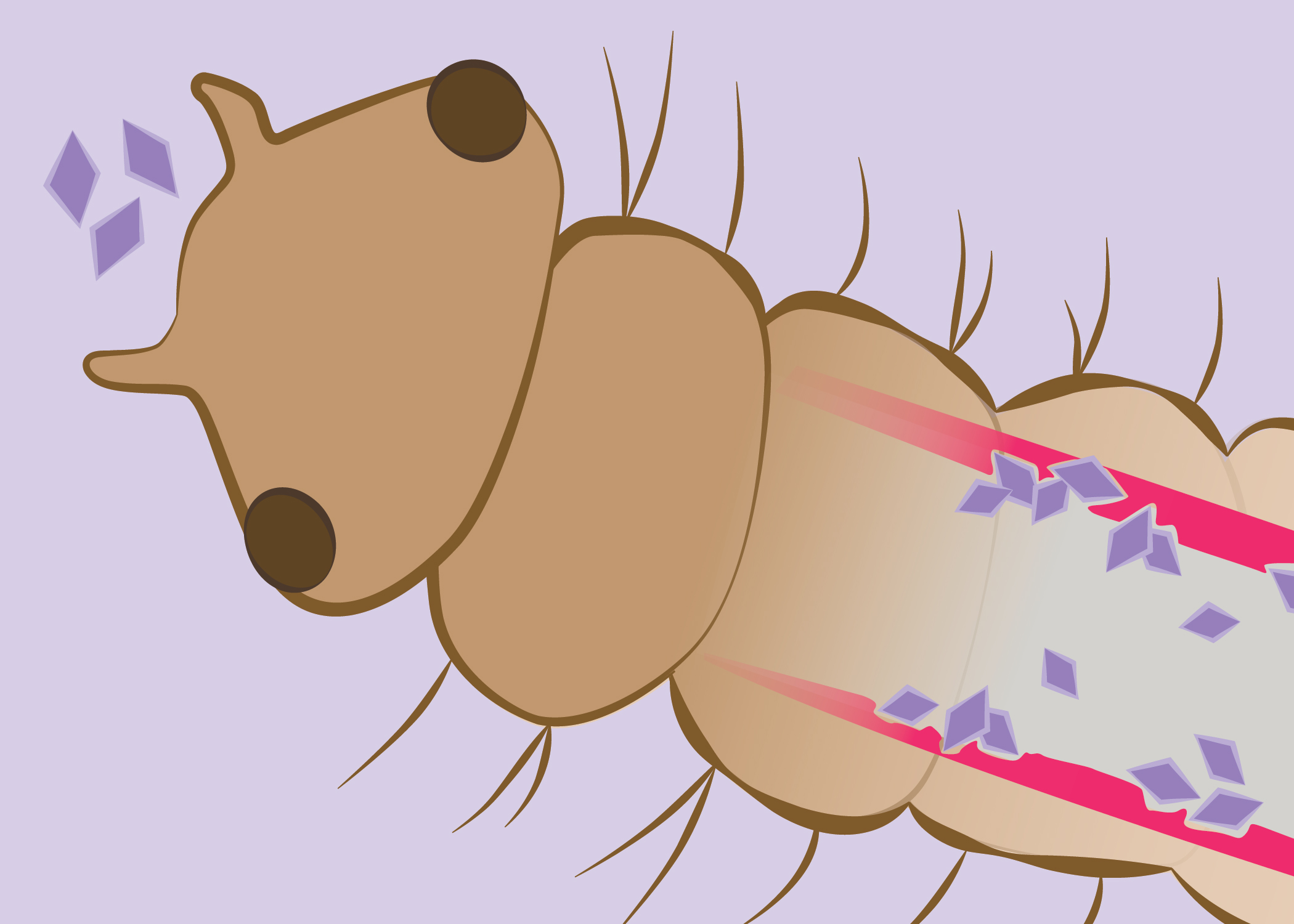

AQUABACxt
If larval densities top 100 larvae per Eckman dredge, the application of AQUABACxt comes recommended. This US EPA-registered biological larvicide contains the naturally occurring bacillus thuringiensis var. israelensis (Bti), effectively targeting nuisance mosquitoes, blackflies, aquatic midges, and flies. Bti, an environmentally benign alternative to chemical pesticides, drastically reduces larval densities by 80-90%, enabling beneficial insects like dragonflies and mayflies, which compete with midges, to re-establish their presence.
MuckBiotics
For a proactive approach to managing pond muck and aquatic midges, MuckBiotics offers a solution. These tablet-form probiotics expedite the digestion of organic compounds and nutrients. Once applied, the tablets descend into the muck, initiating a release of beneficial microorganisms, biostimulants, and vitamins, optimizing degradation. The resulting enzymatic breakdown of complex proteins, starches, and lipids into simpler compounds like amino acids, sugars, and fatty acids hastens bacterial metabolism. This action leads to the muck becoming compacted, solubilized, dehydrated, and eventually diminished, resulting in lower muck levels, reduced nitrogen, and decreased phosphorus availability, thus making it less accommodating for aquatic midges. MuckBiotics, engineered to function in both low-oxygen and high-oxygen conditions, is more effective in oxygen-rich environments and avoid emitting noxious gases like hydrogen sulfide, presenting an affordable and environmentally friendly method for muck treatment.
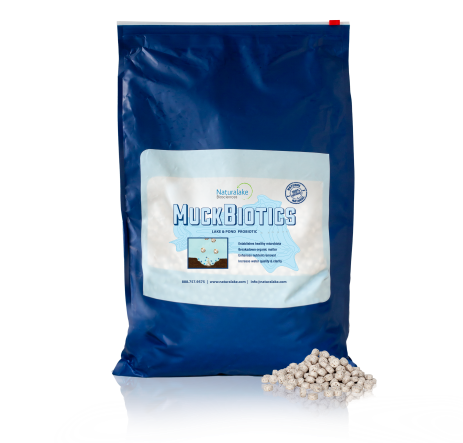
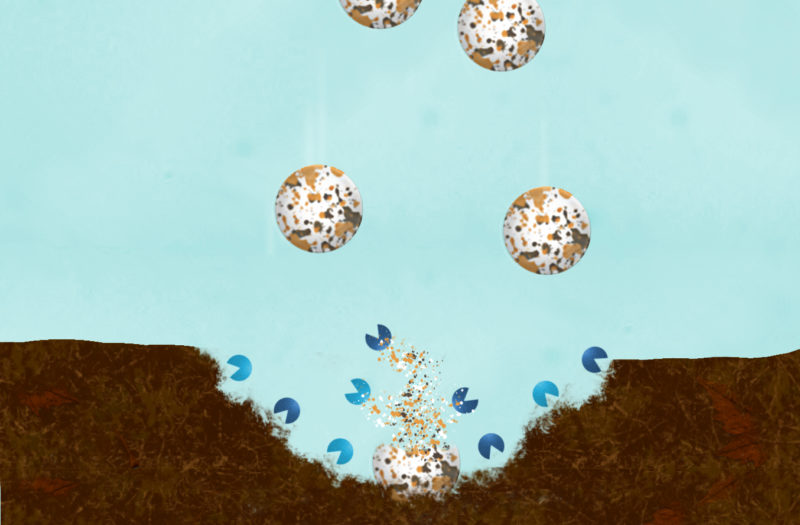

Tip of the day:
An AQUABACxt treatment should be made when the number of midge larvae exceeds 100 per Eckman bottom sample or swarming has been indicated by residents.

About the Author
Patrick Goodwin, M.S., CLM, serves as a Water Resource Specialist at Natural Lake Biosciences, bringing over a decade of expertise in water resource management. He specializes in collecting data to assess nutrient loading and its impacts on algal blooms and water clarity. With a proven track record of restoring numerous water bodies, Patrick is recognized as an authority in implementing oxygenation and circulation techniques.
Stay Up to Date With The Latest News & Updates
Subscribe Below for Natural Lake Biosciences Updates and Event Invitations!

0 Comments